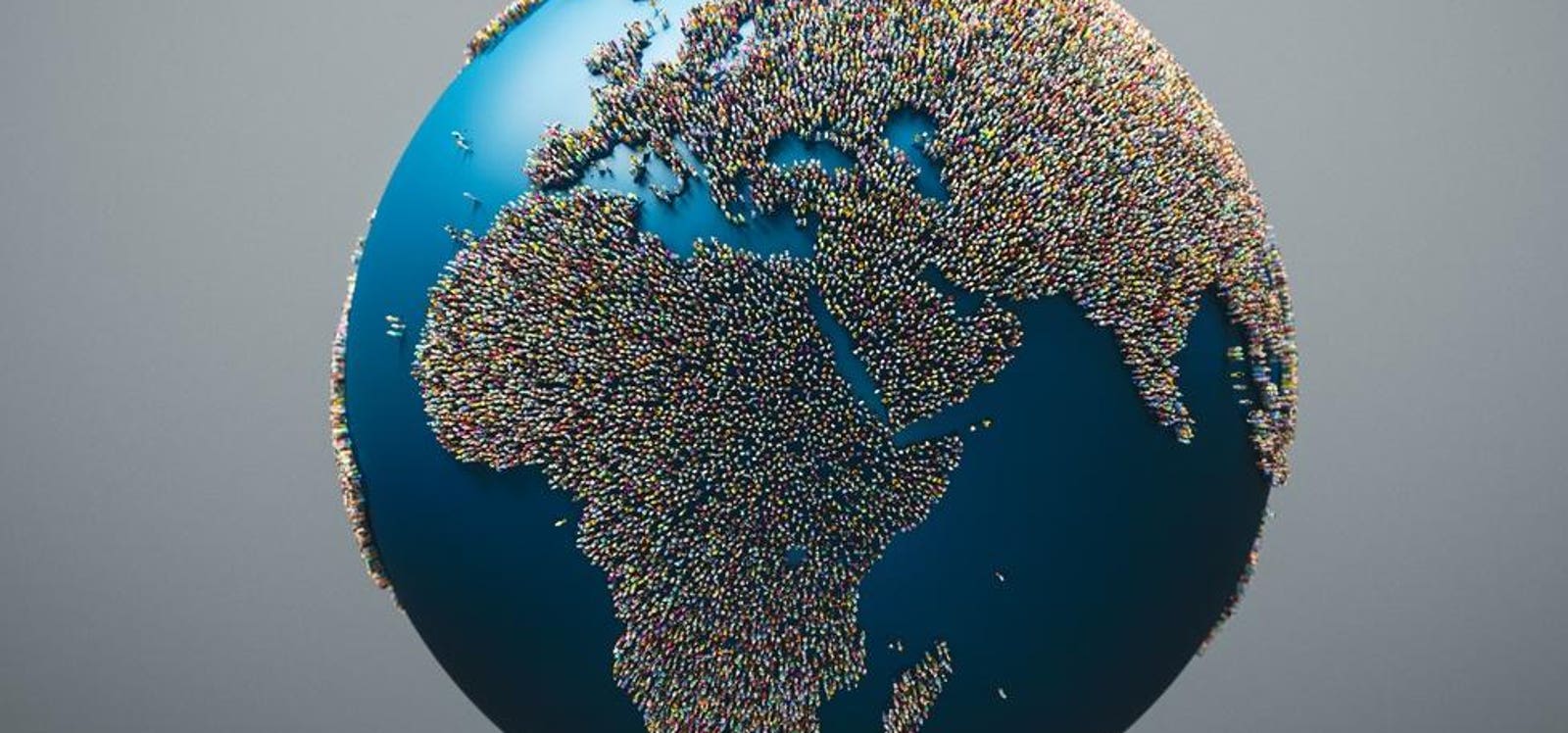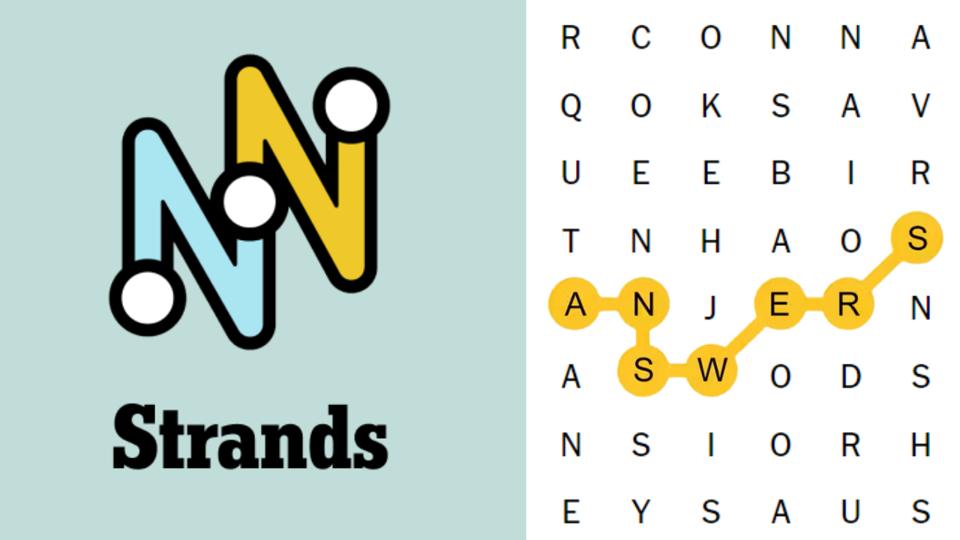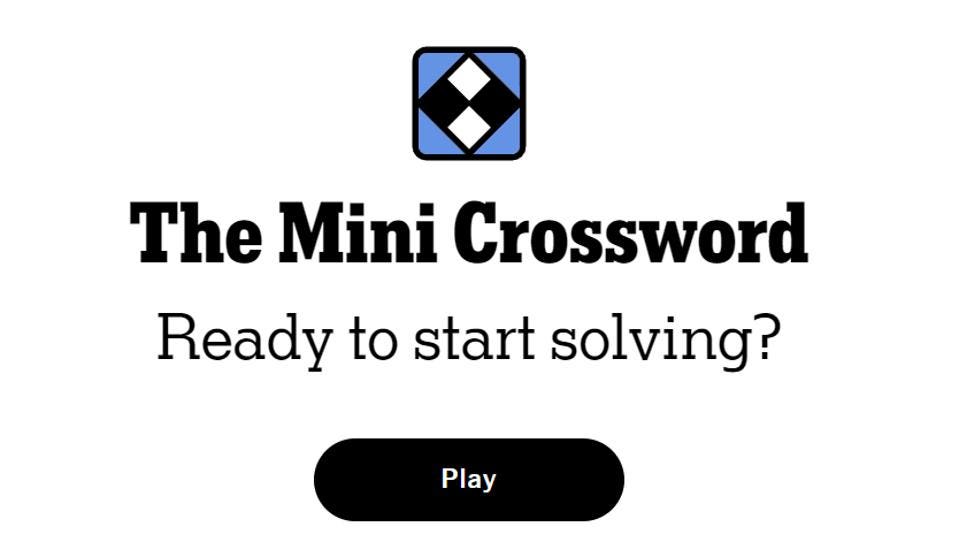Moving toward task-sharing arrangements when it comes to expanding the availability of mental health … More
In today’s column, I examine a rising interest in parsing out the activities of performing mental health therapy, of which AI could be a handy tool in assisting the enactment of labor-based task-sharing arrangements. Note that the AI usage in this approach isn’t actively enlisted to perform therapy and instead is simply used for subtle guidance when enlisting new labor to aid therapy.
The AI is relegated principally to administrative tasks.
Here’s the deal. The available supply of mental health professionals is woefully insufficient to meet the growing needs for mental health therapy services. One possible solution is to bring non-specialists into the fold and allocate some of the therapeutic tasks to them, doing so cautiously and sparingly. This involves a potentially significant logistical and management-focused effort, and thus, the use of AI could be advantageous to streamline the arduous task-sharing endeavor (well, only if the AI is used intelligently).
Let’s talk about it.
This analysis of AI breakthroughs is part of my ongoing Forbes column coverage on the latest in AI, including identifying and explaining various impactful AI complexities (see the link here).
AI And Mental Health Therapy
As a quick background, I’ve been extensively covering and analyzing a myriad of facets regarding the advent of modern-era AI that produces mental health advice and performs AI-driven therapy. This rising use of AI has principally been spurred by the evolving advances and widespread adoption of generative AI. For a quick summary of some of my posted columns on this evolving topic, see the link here, which briefly recaps about forty of the over one hundred column postings that I’ve made on the subject.
There is little doubt that this is a rapidly developing field and that there are tremendous upsides to be had, but at the same time, regrettably, hidden risks and outright gotchas come into these endeavors too. I frequently speak up about these pressing matters, including in an appearance last year on an episode of CBS’s 60 Minutes, see the link here.
If you are new to the topic of AI for mental health, you might want to consider reading my recent analysis of the field, which also recounts a highly innovative initiative at the Stanford University Department of Psychiatry and Behavioral Sciences called AI4MH; see the link here.
Sharing Tasks With Added Labor
There is no doubt that we don’t have enough mental health professionals at this time.
The formal pipeline of bringing in, training, and making available newly produced therapists is generally slow and not conducive to meeting the rapidly rising needs for therapeutic services. People often have a hard time finding a qualified therapist, they have difficulty booking time with the therapist, and they otherwise discover that mental health professionals are sparse in comparison to the abundant demand.
What can be done?
Trying to push more trainees through the pipeline is one option. Turns out this is still going to be a bottleneck. The road is bumpy, and some will likely inevitably drop out of the process. In any case, all manner of avenues are being pursued to rachet up the production process.
Meanwhile, another idea is taking shape. Suppose that some of the tasks performed by therapists could be allocated to non-specialists. We could provide some limited level of training and get this additional labor pool going in record time. They would be the additional arms and legs of actual therapists. Each therapist is, in a sense, magnified manyfold by leaning into added labor to assist in certain kinds of therapy tasks and subtasks.
The moniker given to this method or approach is known as task-sharing. Mental health professionals can opt to task-share with non-specialists. This must be done mindfully. A therapist ought not hand out the essence of conducting therapy. On the other hand, tasks such as scheduling clients, writing notes, and undertaking various administrative chores could sensibly be relegated to the added labor.
Sounds like a great way to cope with the pent-up demand for therapy.
Slippery Slope And Watering Down
Not everyone necessarily agrees that task-sharing in the mental health domain is the wisest of choices.
One concern is that the effort by mental health professionals to manage other non-specialist labor is going to undercut the time they might have spent performing therapy. Perhaps some therapists will become more akin to labor managers rather than doing actual therapy. They will get bogged down in selecting the labor, training the labor, guiding the labor, correcting the labor, and so on.
Less time for client therapy.
Another qualm is that there is a likely slippery slope involved. It happens this way. A therapist finds a non-specialist who does good work on administrative chores. After a while, the therapist gives the non-specialist increasing duties. Trust is there. Step by step, the therapist inches the non-specialist into the practice of therapy per se. The therapist didn’t do this straight away; it was a slippery slope.
The therapy being performed by the therapist in combination with their non-specialist gets watered down. Clients and patients don’t realize what is occurring. They are reliant on the therapist and assume that the therapist is doing what is right. Meeting with the non-specialist is done under the banner of the actual therapist.
These and other downsides and gotchas are aspects that need to be cautiously considered when going on the path of task-sharing in the mental health realm.
Proceeding With Task-Sharing
Assume that mental health professionals desirous of doing task-sharing are fully aware of the various limitations and potential shortcomings. I say that for the sake of this discussion. Reality is different, and please realize that not all mental health professionals pursuing the innovative approach will do so with their eyes wide open. I wish they would (I’ll say more about this at the conclusion, herein).
Given the assumption that the overall tactics and strategies are understood, what can be done to aid the task-sharing pursuit?
One answer is that we could include AI in the mix.
For the mainstay activities involved in task-sharing of mental health services, I will walk you through how it is that AI can be beneficial. The AI doesn’t have to be used in every nook and cranny. That being said, we dare not overlook tasks and subtasks that could be constructively boosted due to sensibly incorporating AI.
Observe that I mentioned that the AI needs to be sensibly incorporated. If you merely toss AI in this realm in a scattergun fashion, do not expect good results. AI could end up being a distractor. The AI could even be negative, causing troubles and introducing errors that otherwise might not have arisen.
AI is never a silver bullet that solves all problems. The use of AI must be done judiciously. Watch for issues. Plan properly. Keep on top of what the AI is doing. And so on.
Handy Field Guide On AI In Task-Sharing
Fortunately, a newly released field guide provides handy insights for incorporating AI into the task-sharing of mental health therapy. The guide is entitled “Mental Health And AI Field Guide” and was devised by Grand Challenges Canada, McKinsey Health Institute, and Google, posted online July 7, 2025, and included these selected key points (excerpts):
- “Access to mental healthcare is limited worldwide, partly because there is a shortage of trained mental health professionals, especially in low-resource settings.”
- “This field guide introduces a model by which AI could help mental health task-sharing programs scale by supporting specialists and nonspecialists performing their respective roles.”
- “Task sharing is an evidence-based solution that increases access to care. In this approach, specialist healthcare professionals delegate specific tasks to trained nonspecialist providers (such as teachers, community health workers, nurses, doctors, auxiliary health staff, and community members) to deliver direct mental health services to the public.”
- “It is important to acknowledge that the application of AI in task-sharing models is new and only a few pilots have been conducted.”
- “Many of the ideas outlined in this field guide are theoretical and have not yet been widely tested in real-world settings.”
You can perhaps see from those excerpted points that the new guide is full of useful insights. It provides important indications and offers real-world examples. The aim is to get the topic of task-sharing on the table and illuminate the role of AI in that exciting and emerging endeavor.
For those of you who are researchers in psychology, psychiatry, cognitive sciences, artificial intelligence, etc., you might contemplate performing research that would empirically examine the use of AI in this task-sharing model. We need to have rigorous studies that shine the light on what works and what doesn’t. There is ample opportunity to conduct fresh and original research in AI for mental health by tackling aspects of this particular topic.
I look forward to seeing your incisive research results.
The Task-Sharing Model
According to the field guide that I noted above, the authors have opted to present a task-sharing model that consists of six major phases:
- Phase 1: Program Adaptation
- Phase 2: Trainee Selection
- Phase 3: Training
- Phase 4: Assignment
- Phase 5: Intervention
- Phase 6: Completion
You can think of this model as a typical life-cycle systems approach.
The life cycle starts when you first conceive of doing task-sharing. In the first phase, you would take an outlined standardized set of tasks and adapt those to the situation at hand. Each situation will differ. If you are in a low-resource circumstance, that will dictate what options you have available. In a high-resource setting, you undoubtedly have more choices of what to do.
After completing the first phase, you move to the second phase and identify the non-specialist candidates for serving in the task-sharing arrangement. They become your trainees. The third phase entails training them in whatever tasks have been parceled out. The fourth phase has you assigning the trained non-specialists to their respective tasks. The fifth phase involves monitoring their performance and undertaking interventions as required.
The last phase is the completion of the program. This involves tying up any final aspects. You would hopefully do a lessons-learned and be prepared to start up another similar program at a later date.
AI Infused Into The Model
Let’s put on our AI thinking caps.
How could AI be useful to the six phases?
Easy-peasy.
According to the guidebook, here are some crucial considerations (the headings are mine, the AI-related task is their suggestion):
- Setting Up The Approach: “AI could initially support local experts by providing preliminary insights about the context the program is being applied to.”
- Reviewing Candidates: “AI tools can be used to review candidates’ resumes, assessing skills suited for delivering mental health interventions after having collected basic information.”
- Training The Candidates: “AI-driven instructor-led training modules can adjust the pace and difficulty of training sessions based on individuals’ needs.”
- Matching Non-Specialists To Clients: “AI algorithms can consider provider experience, language, and client complexity and needs to match the client with the right care provider and reduce wait times — ultimately improving adherence and coverage.”
- Appointment Scheduling: “AI-driven platforms can send reminders, reassign appointments if care providers become unavailable, and help reduce administrative burdens.”
- Detecting Red Flags: “Algorithms could augment detection of red-flag symptoms or behaviors of clients during screening responses to indicate which clients are higher risk and provide these insights to the care provider.”
- Therapy Suggestions: “AI tools could provide on-the-spot recommendations for care providers and show them the next steps they can take, including potential responses they could provide to clients based on intervention protocols.”
- Confirming Protocols: “AI can scan session transcripts for meaningful phrases or steps to confirm adherence to intervention protocols, with the results of the scan available to be accessed after every session.”
There are a lot more places where AI can be utilized in the six phases of the model.
I wanted to mainly whet your appetite. Look at the guide if you’d like to see more details.
AI As Therapist
The 800-pound gorilla in the mental health arena consists of asking the unabashed question of what degree AI should play a role in conducting therapy. I’ve emphasized that we are entering into an era that disrupts the classic duo of therapist-patient and is moving us into the new era of the triad, consisting of the therapist-AI-patient relationship (see the link here).
AI is going to increasingly be in the middle of therapy.
Like it or not.
I bring this up because the initial model of task-sharing seems to edge around the immersion of AI into the roots of therapy itself. Probably the closest it gets is when the AI provides on-the-spot recommendations for care providers. That’s dipping a toe into the therapy milieu.
Upgrading Task-Sharing To AI-Driven
Think about the task-sharing arrangement in the framework of AI as a therapist, including these thought-provoking points:
- We might need less of the non-specialist labor by actively using AI in the roles they were to play, including the therapy-related aspects, too.
- Reconstitute task-sharing from a principally human-to-human task-sharing to instead rely substantively on a human-to-AI task-sharing arrangement.
- Realize that clients or patients will be bringing AI into the equation of their own volition, and as such, how will non-specialists be ready for AI-armed clients, and likewise, the same applies to therapists being ready for AI-using clients.
- How will therapists and the added non-specialists react to AI possibly calling the shots, in the sense that once we reach artificial general intelligence (AGI) and artificial superintelligence (ASI), it could be that the AGI/ASI is the primary therapist, while the human therapists and non-specialists are ancillary add-ons (see my discussion at the link here).
Lots of tough questions are facing us, sooner rather than later.
AI As Mover And Shaker
Task-sharing is a thoughtful means of coping with the imbalance between the need for mental health therapy and the prevailing constrained pool of available mental health professionals. If done properly, it is possible to greatly magnify a set of therapists into a vast array of extended therapist-like addons.
The catch is that it is all still labor-based. How much added labor can be mustered? How well will that added labor perform their assigned tasks? How much time shall be usurped from therapists to keep the added labor on target? Etc.
AI, in contrast, is essentially infinitely scalable.
All you need to do is add more computational power, and you can immensely scale until the cows come home. Of course, you must ensure that the thing you are scaling is going to be doing the right thing. Scaling something sour and dour will insidiously spread sourness and dourness to a wider audience.
What Are Therapists To Be Or Not To Be
A final thought for now.
William Shakespeare famously said this: “We know what we are, but know not what we may be.” Mental health professionals cannot sit around and languish in the days of doing their prized efforts without modern-day AI. AI is here. AI is advancing. Rapidly.
Mental health professionals might know what they are today, but that’s not sufficient. They need to be looking ahead to what they will be. The future, entailing advanced AI, shall become an integral part of their world. To be, or not to be.









